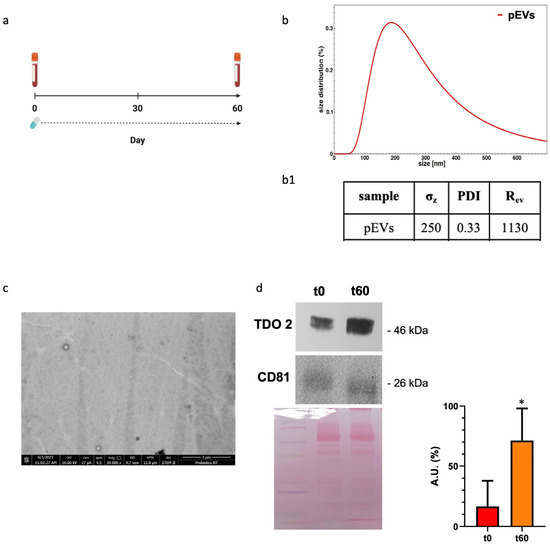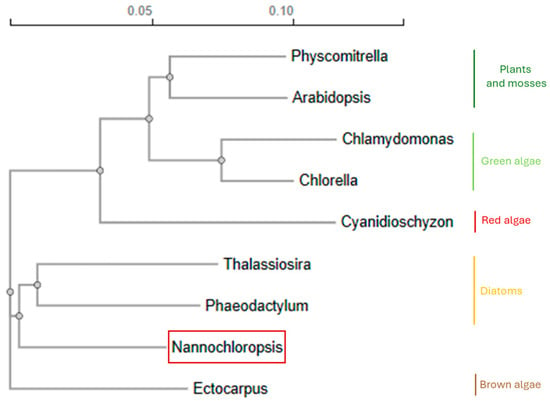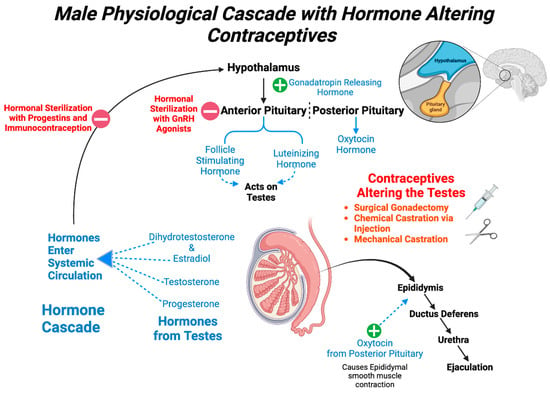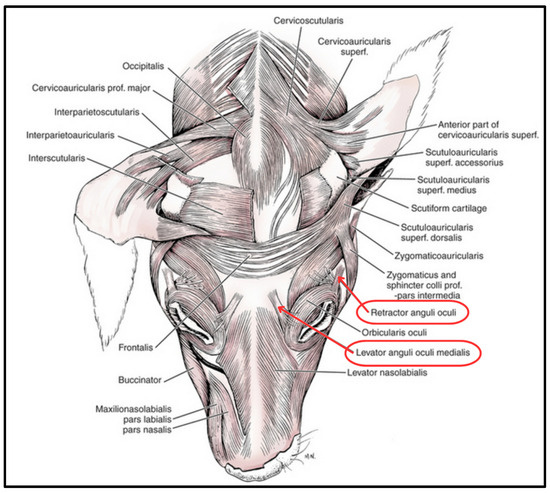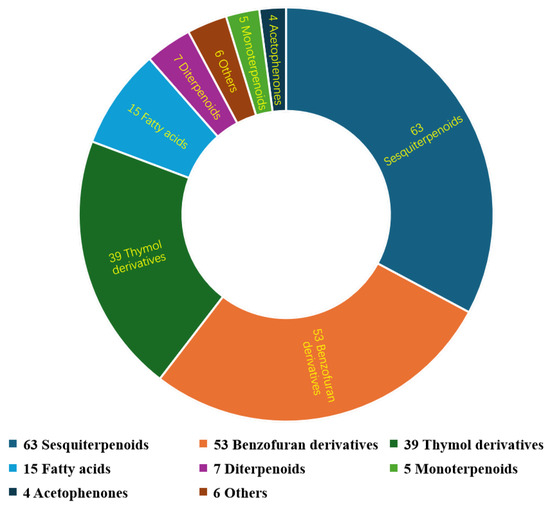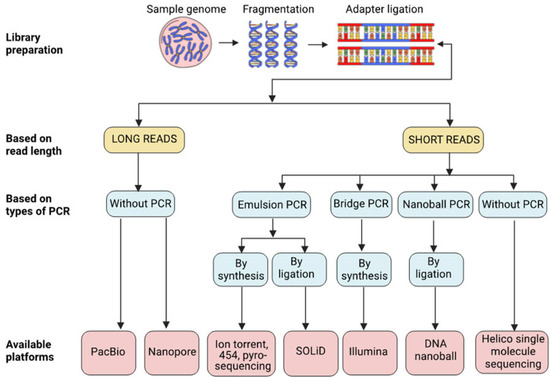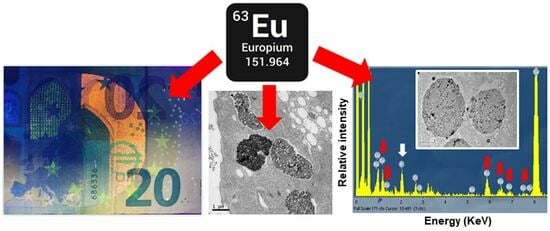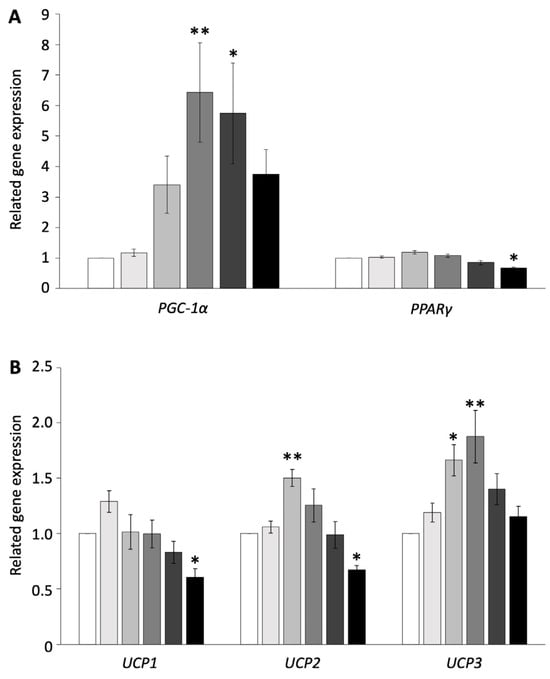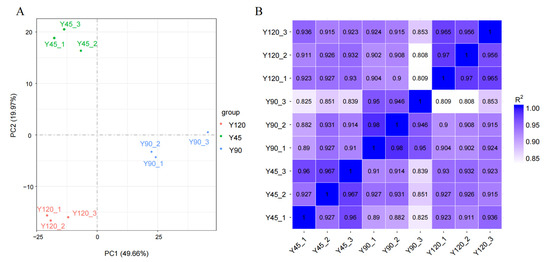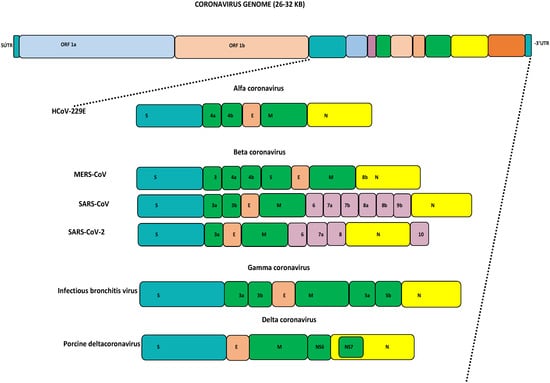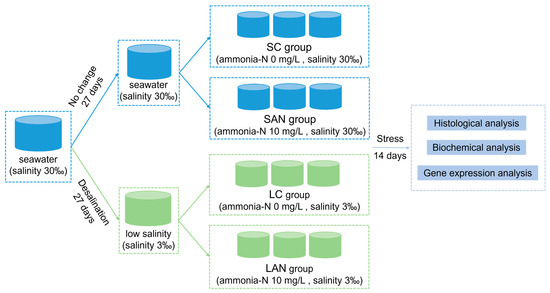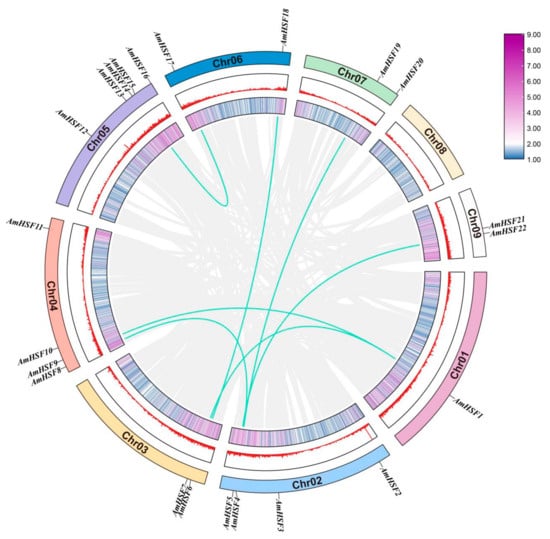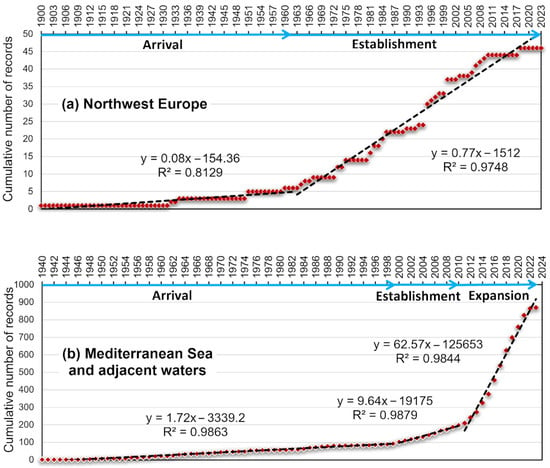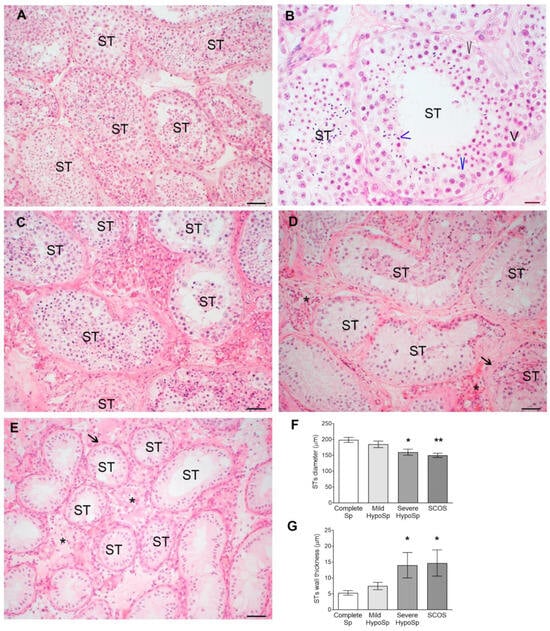-
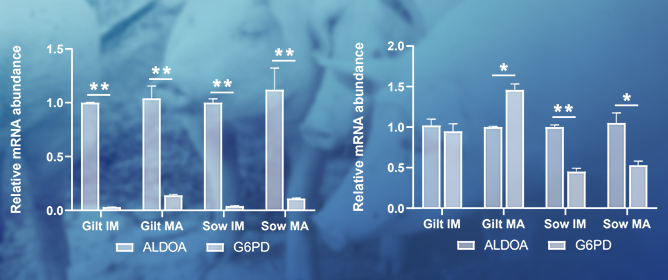 Cumulus Cell and Oocyte Gene Expression in Prepubertal Gilts and Sows Identifies Cumulus Cells as a Prime Informative Parameter of Oocyte Quality
Cumulus Cell and Oocyte Gene Expression in Prepubertal Gilts and Sows Identifies Cumulus Cells as a Prime Informative Parameter of Oocyte Quality -
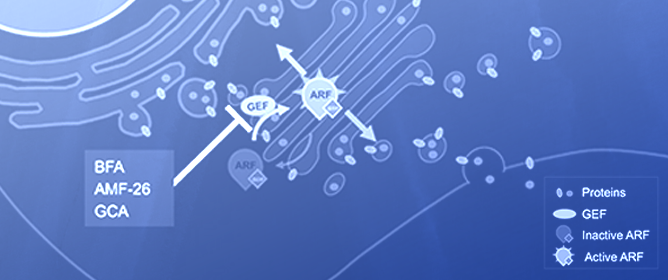 The Golgi Apparatus as an Anticancer Therapeutic Target
The Golgi Apparatus as an Anticancer Therapeutic Target -
 General Overview of Klebsiella pneumonia: Epidemiology and the Role of Siderophores in Its Pathogenicity
General Overview of Klebsiella pneumonia: Epidemiology and the Role of Siderophores in Its Pathogenicity -
 Plant Growth Promotion and Stress Tolerance Enhancement through Inoculation with Bacillus proteolyticus OSUB18
Plant Growth Promotion and Stress Tolerance Enhancement through Inoculation with Bacillus proteolyticus OSUB18
Journal Description
Biology
- Open Access— free for readers, with article processing charges (APC) paid by authors or their institutions.
- High Visibility: indexed within Scopus, SCIE (Web of Science), PubMed, PMC, PubAg, CAPlus / SciFinder, and other databases.
- Journal Rank: JCR - Q2 (Biology) / CiteScore - Q1 (General Agricultural and Biological Sciences)
- Rapid Publication: manuscripts are peer-reviewed and a first decision is provided to authors approximately 18.7 days after submission; acceptance to publication is undertaken in 2.9 days (median values for papers published in this journal in the second half of 2023).
- Recognition of Reviewers: reviewers who provide timely, thorough peer-review reports receive vouchers entitling them to a discount on the APC of their next publication in any MDPI journal, in appreciation of the work done.
Latest Articles
Highly Accessed Articles
Latest Books
E-Mail Alert
News
Topics
Deadline: 30 April 2024
Deadline: 31 May 2024
Deadline: 20 June 2024
Deadline: 30 June 2024
Conferences
Special Issues
Deadline: 30 April 2024
Deadline: 15 May 2024
Deadline: 31 May 2024
Deadline: 15 June 2024




